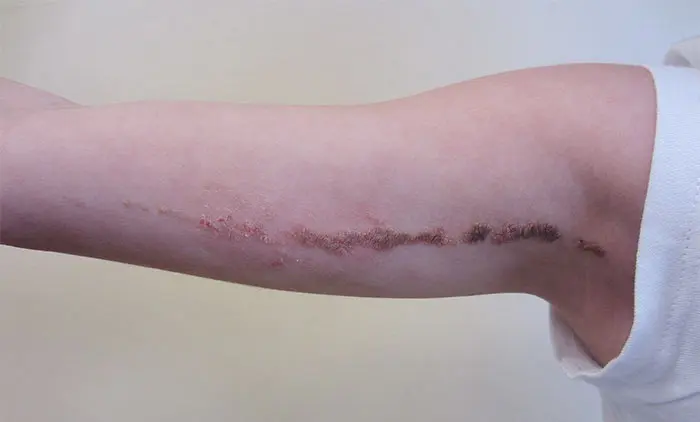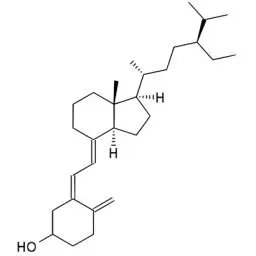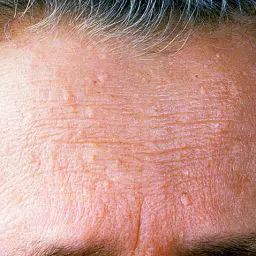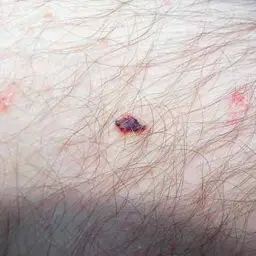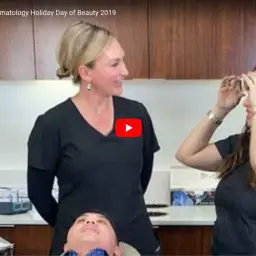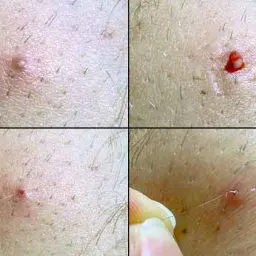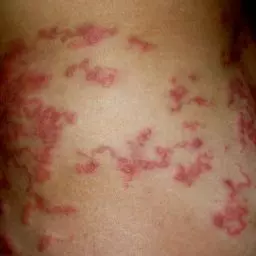Epidermal Nevus
Skin Conditions
The word “nevus” is a synonym for the word “mole”. However, an epidermal nevus is a special kind of mole that does not look like the typical small moles almost every person has.
Epidermal nevi are much larger and irregularly shaped and are caused by a different process which begins before a person is even born. Once an egg is fertilized it will begin to divide and grow, ultimately giving rise to all the mature cells that form a human. Thus, every cell in an adult has the same DNA – but this is not always the case. Early on, sometimes with the very first division from one cell into two, mistakes can be made in the division process such that one of the new cells has a small change in its genetic code. This new cell continues to divide and give rise to cells that contribute the body. Therefore, a person who has undergone this process, known as mosaicism, develops and matures with two distinct populations of cells. If this process affects an early progenitor of epidermal cells it can result in an epidermal nevus. Epidermal nevi are raised and hyperpigmented just like normal moles, but they are much larger, irregularly shaped, and most often seem to follow lines or have a “whorled” appearance. This appearance is directly related to the process of mosaicism.
The affected areas of the skin represent the cells that are derived from an early epidermal cell that received a mutation in its genetic code that caused it to develop as a raised and hyperpigmented as opposed to normal skin. The lines and swirls seem with epidermal nevi are located along the path of migration these cells took as the fetus developed. An epidermal nevus by itself is not harmful. It typically begins in infancy as a flat tan patch on one side of the body that slowly but progressively darkens and becomes thickened. Unlike a normal mole it is too large to simply cut off so other treatments must be used to reduce its appearance if that is what is desired. Some success has been found with calcipotriol – a topical formulation containing synthetic vitamin D that has help reduce the roughness some of these lesions may take on. Laser therapy can be used to lessen the coloration of the nevus. Complete resolution is, however, rare.
While the skin lesion itself is not harmful but should always be evaluated by a physician as it could be a sign of a more serious developmental disease. Many times the result of mosaicism is an isolated epidermal nevus – isolated meaning that there are no other diseases associated with it. However, sometimes an epidermal nevus is just the most obvious symptom of a larger clinical picture. All children with an epidermal nevus should be evaluated for systemic complaints involving the nervous system, digestive tract, muscles, bones, and lungs. Patients with these complaints may have an epidermal nevus syndrome – a rare collection of diseases with a variety of subtypes and symptoms. If you or your child has skin markings that could be an epidermal nevus schedule an appointment with your dermatologist today.


